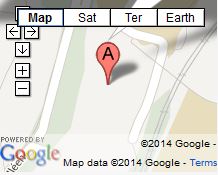The impact of a primary school social stratification: A Norwegian study of neigbour and school mate correlations
Authors:
Raaum, Oddbjørn, Kjell G. Salvanes and Erik Ø. Sørensen
Year:
2003
Reference:
Swedish Economic Policy Review
Summary
In this paper we study the composite effect of primary schools and neighbourhoods and controlling for family characteristics, on adult educational attainment with particular emphasis on changes over time. Instead of identifying the effect of specific neighbourhood and school characteristics on educational attainment, we focus on correlations in final years of schooling among neighbouring children and school mates. We find a clear trend of declining influence of childhood location over the 25 year period. Then we ask how important a change in the compulsory school law extending the mandatory years of education from 7 to 9 implemented by municipalities over a ten year period, was to explain the pattern of declining neighbourhood effect. Although the neighbour correlations tend to be lower in municipalities which introduced the school reform, we cannot conclude that the primary school reform had a strong impact on the overall trend of declining neighbourhood effects. Motivated by the fact that neighbouring children typically go to the same school, we estimate school mate correlations for children born in the 1960s. The overall impact of factors shared by children who graduated from the same school at the age of 15/16 is negligible. In other words, the variation in ‘school quality’ and the impact of peers on final educational attainment seem to have been very limited in Norway.
JEL:
I21, J13, R23.
Keywords:
Families, Neighbours, Schools, Educational Reforms, Peer-effects
Project:
Oppdragsgiver: Norges forskningsrådOppdragsgivers prosjektnr.:
Frisch prosjekt: 1131 - Social background, early unemployment experiences and marginalisation
Contact:
Oddbjørn Raaum
